- Saturday, April 27, 2024
Experts predict rise in geopolitical influence after Chandrayaan success
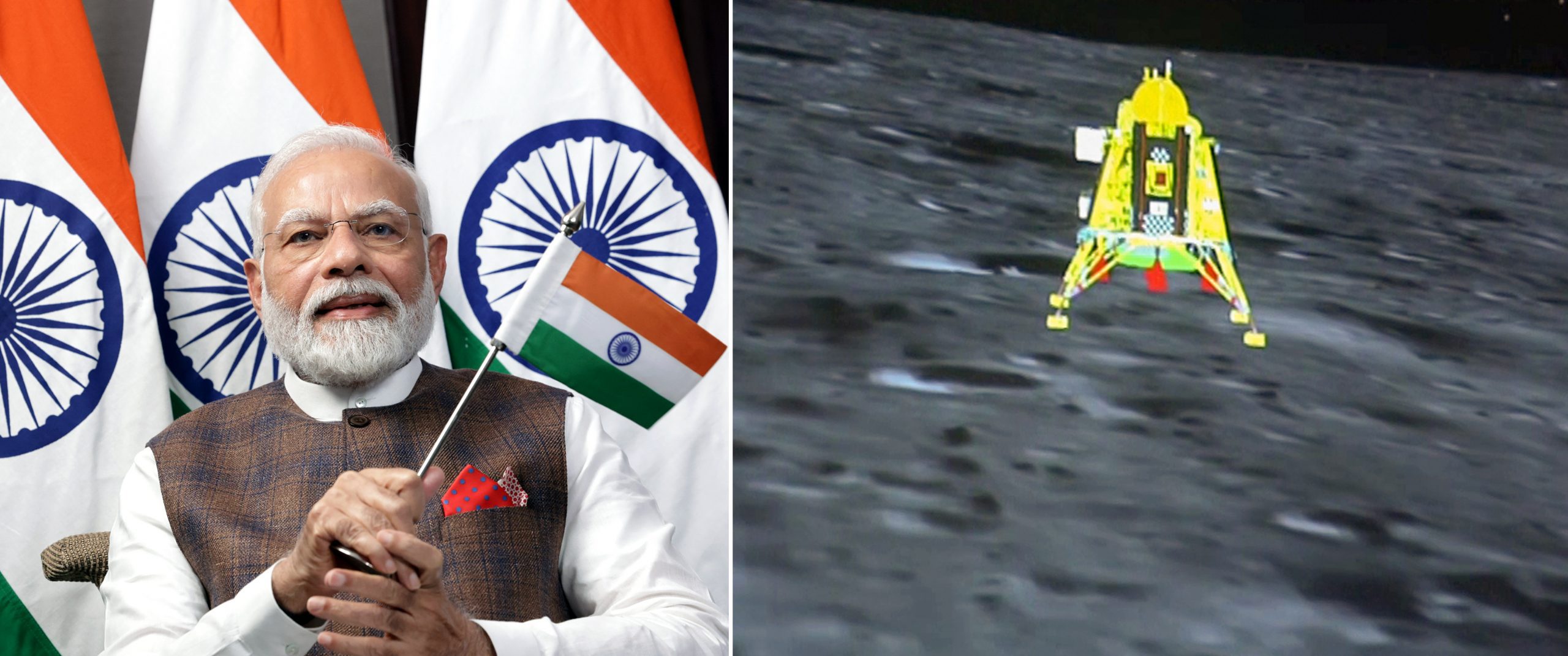
By: SHUBHAM GHOSH
THE successful Chandrayaan-3 moon mission last week elevates the country’s status as a space power and has geopolitical implications in the region, science and security experts said, as the country’s space organisation revealed its next project – to study the sun.
Days after becoming the first nation to land a craft near the moon’s largely unexplored south pole, the country’s Indian Space Research Organisation (ISRO) said on Monday (28) it will launch a satellite to survey the Sun on Saturday (2).
“The launch of Aditya-L1, the first space-based Indian observatory to study the Sun, is scheduled for September 2,” ISRO said on X, formerly Twitter.
Aditya, meaning “sun” in Hindi, will be fired into a halo orbit in a region of space about 1.5 million kilometres (930,000 miles) from earth, providing the craft with a continuous clear view of the sun. “This will provide a greater advantage of observing the solar activities and its effect on space weather in real time,” ISRO said.
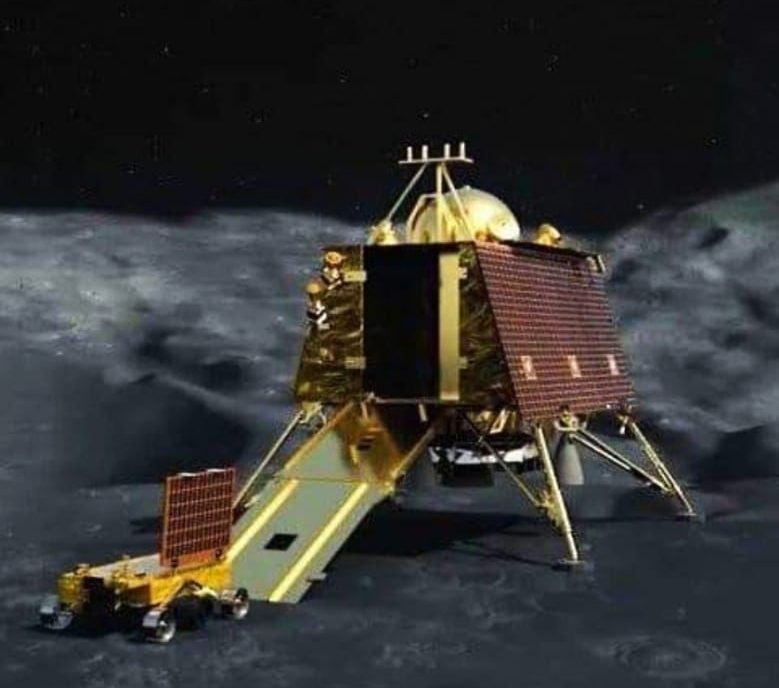
The spacecraft will be carrying seven payloads to observe the sun’s outermost layers – known as the photosphere and chromosphere – including by using electromagnetic and particle field detectors.
It comes as scientists, academics and defence experts explained to Eastern Eye what the Chandrayaan mission means for India and its status as a global space power.

“This is the first time a nation has successfully landed on the moon’s south pole which is a strategic area consisting of resources such as water ice and elements such as aluminium, titanium, magnesium and iron ore, that can be utilised for future human habitation. So, the successful landing of Chandrayaan-3 on the south pole is very significant,” Namrata Goswami, professor of space policy at the Thunderbird School of Global Management in Arizona State University, US, told Eastern Eye.
Indian strategic security expert, (retired) Colonel Ramani Hariharan, who served in the Indian Army for nearly three decades as a military intelligence specialist on south Asia, terrorism and counter insurgency, said the success of the lunar mission reflects New Delhi’s stature in the south Asian and adjoining regions where it is pitted against hostile neighbours such as China and Pakistan.
“Chandrayaan-3’s success is likely to make China look at India’s research and tech effort in the ‘Aatma-nirbhar’ (self-reliant) projects related to military weapons and procurement efforts with seriousness,” he told Eastern Eye.
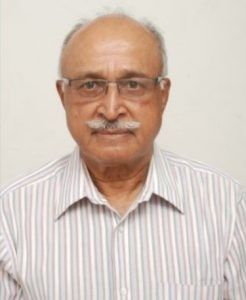
Hariharan added that post Chandrayaan-3, China could also reassess India’s strategic moves in south Asia and Indian Ocean Region to regain its influence.
Goswami agreed that the race for the space is getting strategically more competitive and that the stakes were high for the Indian mission to demonstrate the landing was successful, especially after Russia’s Luna-25’s crash a few days prior.
“China is sending a lander to the South Pole of the moon next year to collect samples for their ambitions to set up a research base on the moon by 2036. Japan is launching to the moon on August 27,” she said. [It was postponed on Monday because of weather conditions].
“The reason the lunar missions are becoming critical is because there is a realisation in countries about the strategic significance of the moon, to include its value to support further economic development of cislunar space (between the earth and the moon) and as a pit stop for missions to deep space,” Goswami added. The moon has resources such as water ice that can be turned into oxygen for human support and rocket fuel and helium that can be used as fuel for nuclear fusion.”
According to her, India is already a space power with an independent ability to launch, develop its own satellites, lunar and Mars missions and now even a mission to the sun-Earth Lagrange point. She also cited India demonstrating an anti-satellite weapon in 2019.
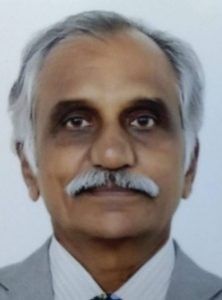
Retired commodore R Seshadri Vasan, director general of thinktank Chennai Centre for China Studies, based in Chennai, Tamil Nadu, said India’s defence sector would also be a beneficiary of the mission as there is a greater dependence on space-based assets. “The commercial aspects of space-based investments will favour India as it has demonstrated how it aids the return on investment (ROI) compared to many other nations working in the area,” Vasan told Eastern Eye.
“Although China shot down its own satellite way back in 2007 to say that it has the ability to shoot down prowling satellites, it would mean that certain thresholds have been crossed to have a full-blown war. There would be increased emphasis on preparation to prevent the ill-effects of all-out wars with space being at the centre of future conflicts,” he added.
On India’s role as a space power and its implications in south Asia, Vasan said the region’s biggest country has already taken a lead by making satellite services available to the SAARC (South Asian Association for Regional Cooperation) countries.
Explaining how India’s space mission successes can see it grow into a formidable geopolitical force, Vasan said the SAARC satellite has a precedent of promoting the collective interests of the region and SAARC countries (with the exception of Pakistan) would gain from the expertise and experience of ISRO.
More nations are turning to India due to its credentials and it would be win-win situation for both India and the countries that are looking to gain from its experience, he added.
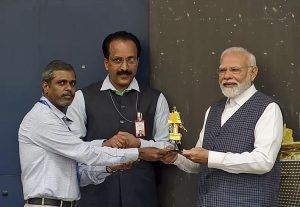
Goswami, the author of Scramble for the Skies: The Great Power Competition to Control the Resources of Outer Space, said the Chandrayaan-3 mission implies that India has an end-to-end space capacity that can land on the moon and study its surface.
“This should attract foreign direct investment (FDI) in this sector as proven technologies do towards developing them further to support large scale development of the moon, with commercial benefits. India has decided this year to privatise its space sector and attract FDI. Such a policy change also helps,” she said.
According to Goswami, the success of India’s latest space mission enhances its geopolitical image as it has a demonstrated capacity in the cislunar space.
“In June 2023, India signed the Artemis Accords conceptualised by the United States to send humans back to the moon and build a base camp and permanent presence. So, India’s successful landing means that India is the only Artemis Accords signatory with proven capacity to land on the moon in the 21st century. We saw with Russia’s Luna-25 failure that 20th century lunar successes like the Luna 24 might not be an advantage at all for a nation as it has to develop new technologies to be on the moon,” she told Eastern Eye.
The Artemis Accords set out common principles, guidelines and best practices that can be applied to the safe exploration of the moon and eventually beyond. India became a signatory to the three-year-old Artemis Accords during prime minister Narendra Modi’s state visit to Washington DC in June.
India’s frugal expedition to the moon could also work to its advantage. Compared to its global peers, India’s space missions have been cost-effective, sometimes cheaper than films made in Hollywood and even India’s Hindi-language film industry. The Chandrayaan-3 mission cost the country $75 million (£60 million), which is less than the estimated Luna-25 mission of around $200m (£159m). The country’s Mars mission launched in 2014 cost $74m (£59m).
“Space development has to be sustainable and cost-effective,” Goswami said.
The US Apollo programme cost about $25.8 billion (£20.5bn) between 1960 and 1973, about $260bn or £207bn adjusted to 2023 inflation of the dollar and it was because of the exorbitant costs that the US closed it down, she noted.
“The Artemis landing system, the Space Launch System that NASA has developed with Boeing, costs $4bn (£3.17bn) a launch. Such an expensive system is not sustainable. The Indian mission teaches the world that space can be done cost effectively. The challenge now will be to develop a heavy lift rocket and launch heavier lunar missions at a cost-effective rate,” she told Eastern Eye.
Sujan Sengupta, a senior professor at the Indian Institute of Astrophysics in Bengaluru, an autonomous institute under the country’s ministry of science and technology, said he saw a cohesion instead of competition between nations when it comes to lunar missions.
He said while India prepares for other missions such as launching first-ever space-based solar observatory spacecraft Aditya L1 and a mission to Venus, there is no competition between countries.
“There may be a demonstration of technological capacity. But all space missions by any country will ultimately benefit mankind and the progress of human civilisation,” he said.
Significance of the lunar south pole
SUJAN SENGUPTA, a senior professor at the Indian Institute of Astrophysics in Bengaluru, said, “The lunar south pole is a very important location because the interior of the craters of this region has not received sunlight for billions of years, which leaves the primitive volatile materials intact inside the craters. This may include water ice, hydrogen and helium-3.
“We estimate the water content of a celestial object by measuring the ratio of deuterium, an isotope of hydrogen, to ordinary hydrogen. This is because deuterium is heavier than hydrogen and so needs more energy to escape the surface gravity of the object. In the lunar south pole, we can find a much better estimation of the initial water content in the moon.
“It’s the south pole that retains much of the materials without reprocessing by solar ultraviolet rays. Therefore, it may provide us a better idea about the situation under which the moon was formed 4.5 billion years ago. Besides, the lunar south pole may contain precise minerals such as uranium or plutonium.”
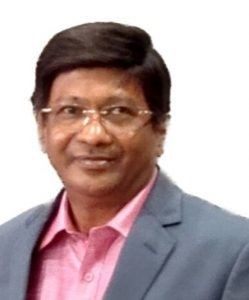
Sengupta added that Chandrayaan-3 mission, which was launched from Sriharikota in the southern state of Andhra Pradesh on July 14, has three key scientific activities to be carried out on the moon. The main orbiter, Chandrayaan-3, itself will monitor the natural satellite by using a powerful instrument called spectropolarimeter.
“The light reflected from the lunar surface is highly polarised by the scattering of dust and various surface materials. Data acquired by this instrument will derive the chemical and optical properties of the lunar surface,” he said.
The Vikram lander will measure the thermal and geological properties of the place where it landed and the Pragyan rover has an instrument called Laser Induced Breakdown Spectroscopy which will analyse chemical properties after small stones and dust particles are broken with a strong laser ray.
Sengupta added that the success of India’s mission could also throw light on the origin of the moon itself. He said unlike the satellites of other bigger planets, such as Jupiter and Saturn, it is widely believed the moon was born out of a collision between the earth and a rock of Martian size about 50 million years after the birth of the earth.
“A more careful chemical analysis of the materials in the south pole of the moon may either support this concept or may completely prove us wrong,” Sengupta told Eastern Eye.